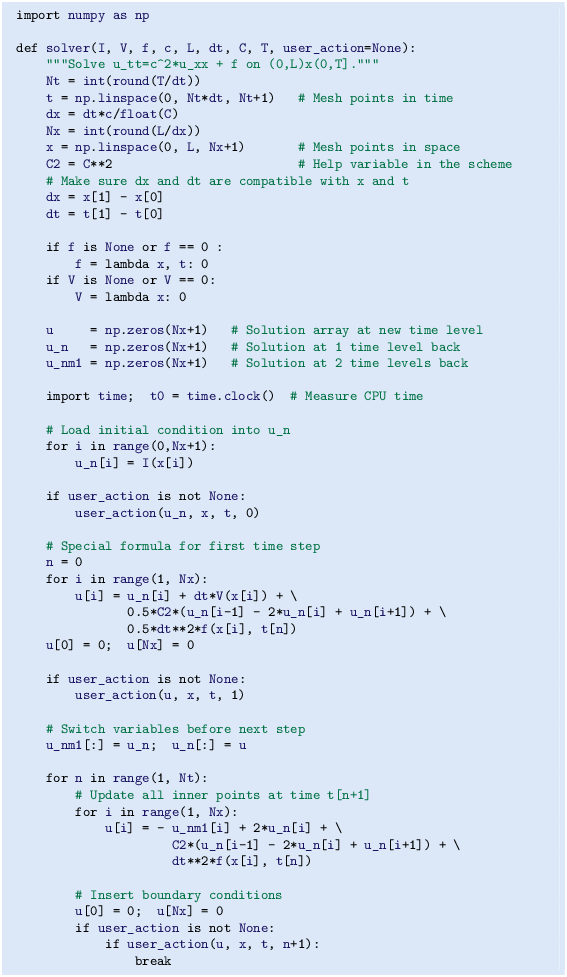

An acute infection that starts suddenly and lasts for a short period of time and.There are two types of middle ear infection: This space can become blocked and filled with mucus (a slippery fluid secretion), which can become infected, causing inflammation. This page deals with middle ear infection (otitis media), which is the infection / inflammation of the air-filled space behind the eardrum that contains the tiny vibrating bones of the ear. The outer and middle ear are separated by the eardrum – a very thin piece of skin that vibrates when hit by sound waves. These parts all work together so you can hear and process sounds. The difference between these and other EQ-only solutions is readily audible.The ear is made up of three different sections: the outer ear, the middle ear, and the inner ear. They focus and center the image using time-based correction. You are correct in your assessment there are few devices available that can operate in the time domain as well as perform spectral correction.Simple EQ solutions don’t cut it that’s why Sonarworks (and to some extent, ARC) work so well. There’s no way it could produce the complex correction curves of sonarworks. It seems very likely that it would not, because totalmix has a small number of parametric EQs and a low cut filter. The reference HD version of sonarworks has a txt export, but who wants to pay big bucks for that? Especially since we don’t know that the sonarworks export will really work as a. It’s basically a list of control/value pairs. Doing an export for test purposes, I find that it’s a text file – XML actually. In the case of RME interfaces, we have totalmix, which includes the ability to import EQ files (.tmeq). If the curve(s) were applied within the audio interface then the load on the DAW would be removed and you wouldn’t have to worry about removing the insert when mixing down, freezing, or changing monitoring devices. It’s basically an EQ curve applied on specific hardware channels. One thing however… I wonder if this correction should or could be applied closer to the hardware, say in the audio interface. Control room is the place to do it, if the user has Cubase Pro.

I’m planning to use room correction (speaker calibration) in the near future and I agree with your concerns.


 0 kommentar(er)
0 kommentar(er)
